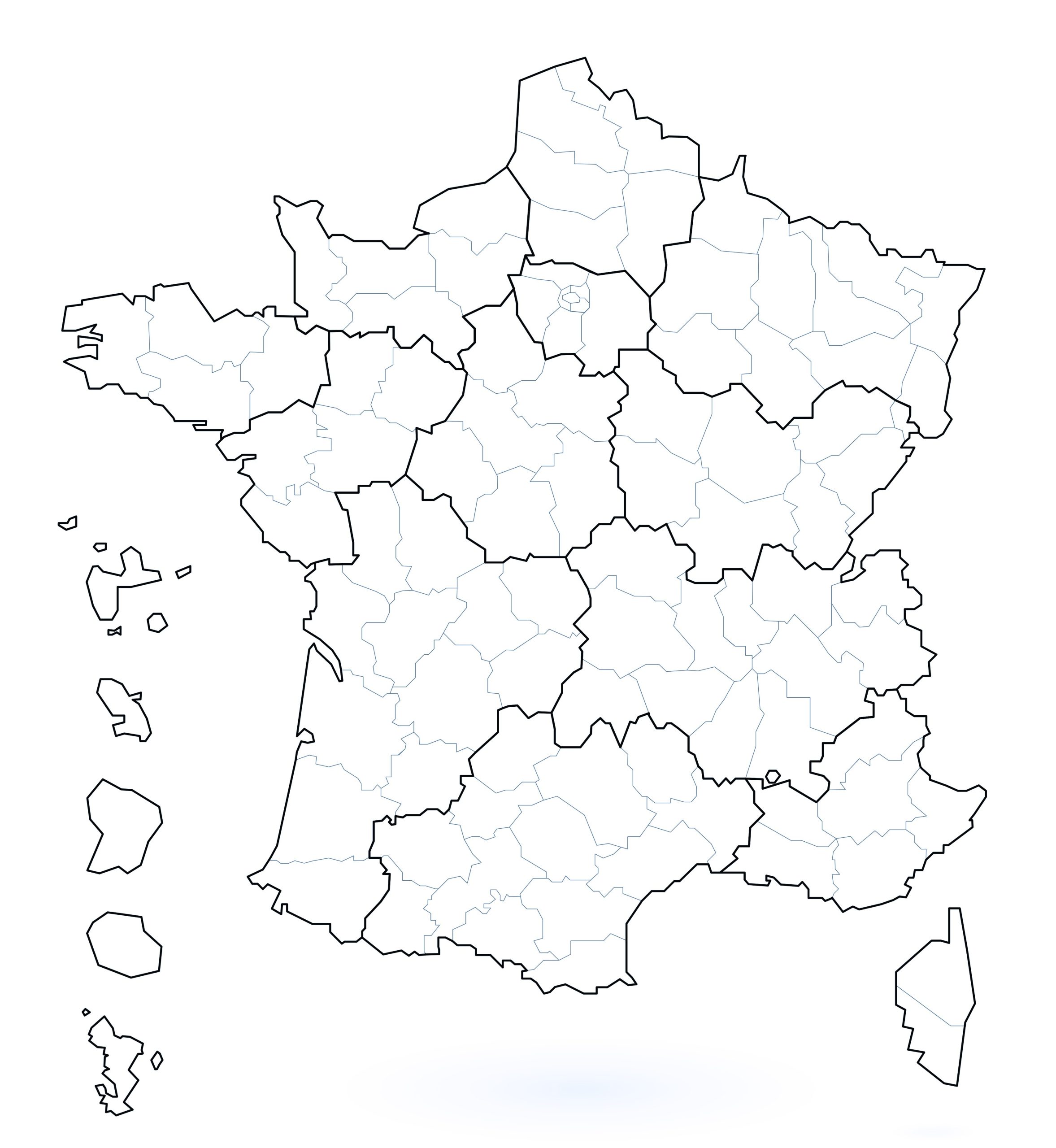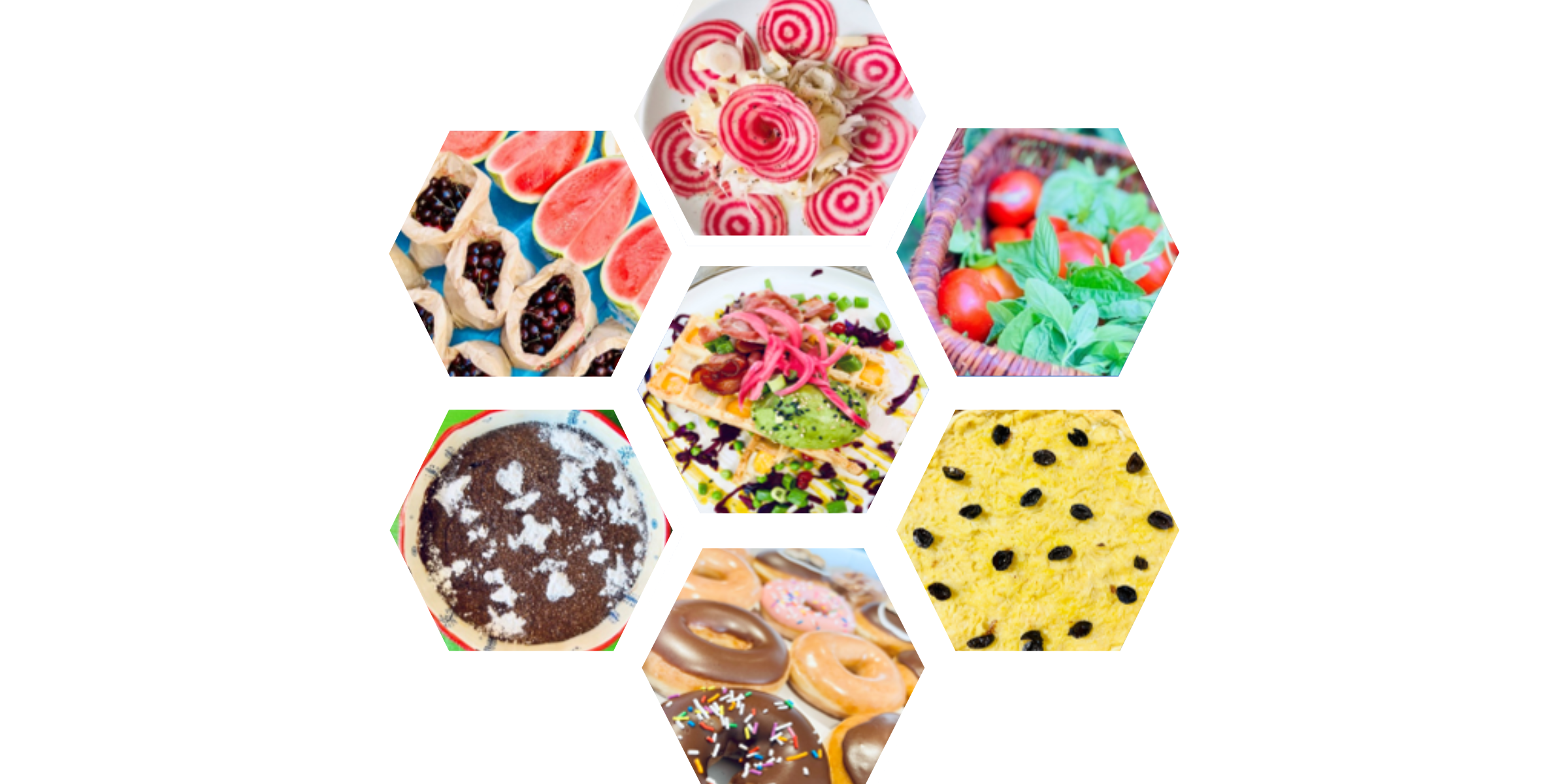Interoperability of food databases to expand horizons of risk assessment and Diet and Health research
Responsible for the project: Mathilde TOUVIER
Coordinating institution: Inserm- regional delegation “Paris IDF Centre-Nord”
Food Databases
Interoperability
Diet
Health
- Total cost: € 1.56 million
- Starting date: 01/10/2023
- Duration: 4 years
- Reference: ANR-23-PESA-0004
• Overall objective:
Linking food consumption databases with various databases characterising foodstuffs (constitution, contamination) or their environmental impact promises tremendous interdisciplinary advances in our understanding of the impact of food, in all its diversity and complexity, on human and environmental health. Until now, reconciliations between food databases with different nomenclatures have been carried out almost manually, and represent highly complex, time-consuming and labour-intensive projects.
In this context, the INTERFOOD project aims to develop and test tools and methods to facilitate the interoperability of databases in the field of food and health, for use by the entire French and international scientific community.
• Scientific and societal challenges:
The expected benefits are multiple, in terms of
1) methodological level: designing, testing and making available to the scientific community new tools and practical guides to automate the linking of various food databases;
2) scientific level: producing results on the links between food exposure linked to processing and health;
3) public health: dissemination of methods and results that will ultimately contribute to guiding public policies (regulations, food labelling, pricing policies, recommendations to citizens, etc.) for healthier and more sustainable food.
• Project focuses:
Axis 1. Development and testing of an – automated matching tool based on the FoodEx2 nomenclature (standardised system for classifying and describing food) of the European Food Safety Authority;
Axis 2. Development and testing of an automated matching tool based on food labels (not using FoodEx2);
Axis 3. Demonstration of the proof of concept to test the developed matching tools on the specific case of health impact of food processing;
Axis 4. Dissemination of developed tools and production of methodological guidance.
- Coordinating institution: Inserm- regional delegation “Paris IDF Centre-Nord”
- Partner institutions: ANSES, INRAE, CNAM


